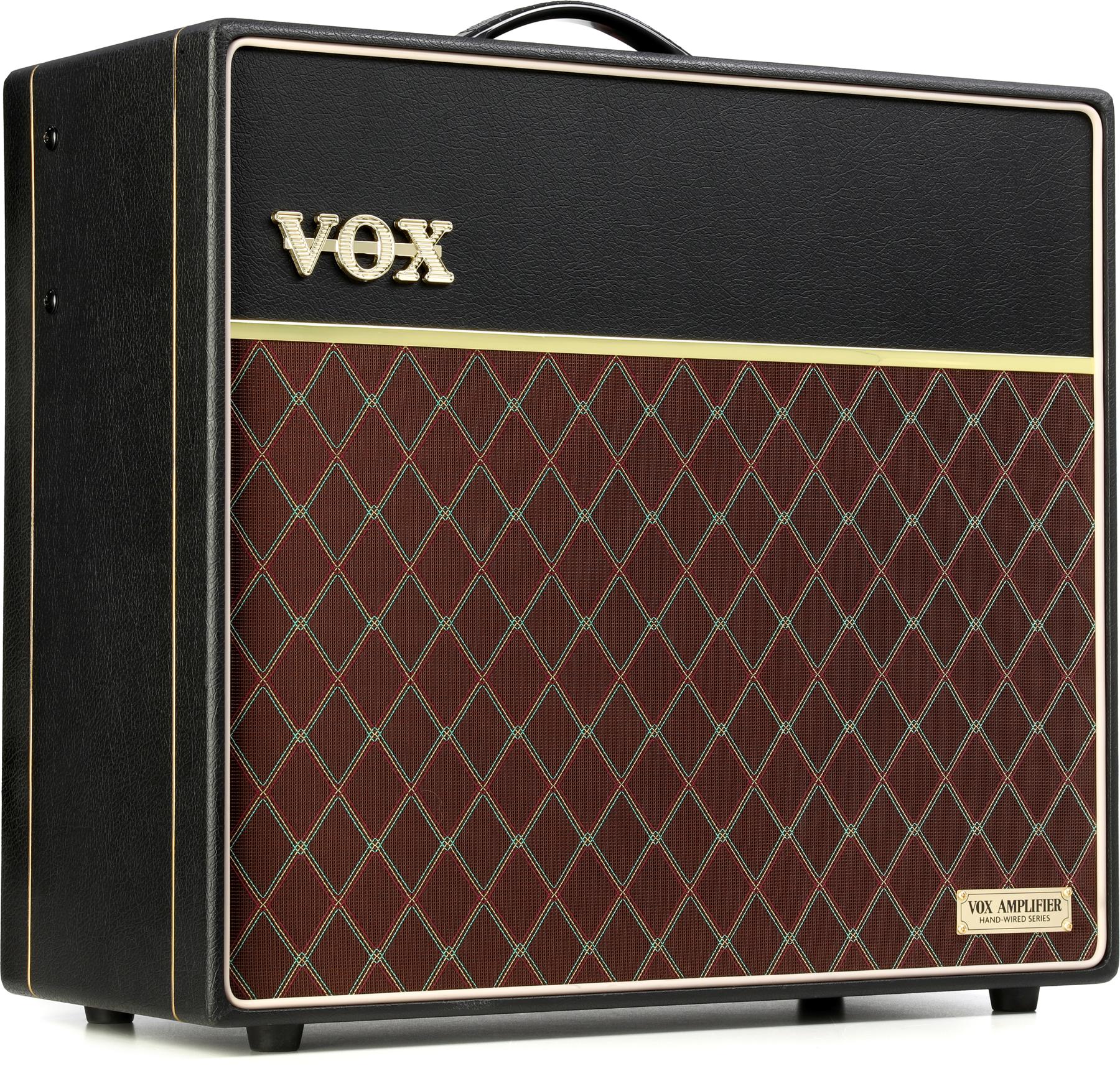During a long-ago brief dalliance with shredderism, I bought a Boss Metal Zone. Although that phase didn’t quite stick, my affinity for the iconic distortion pedal did. There’s something about that EQ section that’s always felt so appealing. When I plugged in the Ibanez Pentatone, I felt like I was reliving that first dive into the high-gain zone.
I easily conjured tones from Zeppelin I-style high-mid screech to Danzig-inspired low-end-forward/scooped-mid crunch, and easily accessed ’80s thrash tones.
Of course, the Pentatone is a much more feature-rich offering. The main business here is the distortion circuit—which has bass and treble controls, plus a bright switch, pre-boost, and post-gain boost—and the 5-band graphic EQ. While the Pentatone is definitively targeted toward heavy sounds, the switchable EQ—consisting of blue LED-enhanced sliders that look way cool, each of which has a knob to control the frequency being tweaked—boasts a ton of range. I easily conjured tones from Zeppelin I-style high-mid screech to Danzig-inspired low-end-forward/scooped-mid crunch, and dove headfirst into ’80s thrash tones. A switchable noise gate—which has a 1-knob sensitivity control set—keeps things super tight.
In short, the Pentatone is a versatile distortion unit with welcome, deep functionality. It will likely appeal to heavy-minded guitarists, but it’s a useful tool for anyone that may need to turn a Deluxe Reverb into a fire-breathing beast.





















